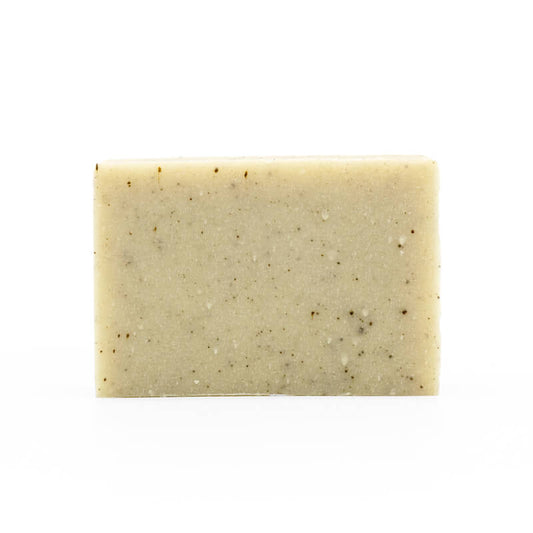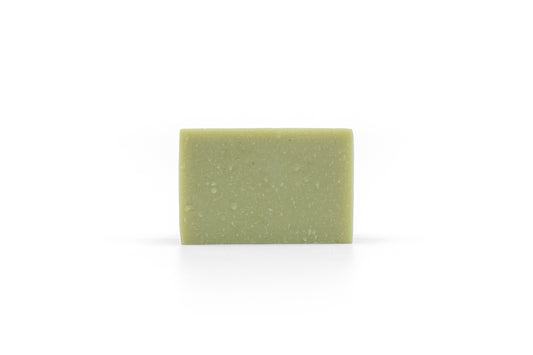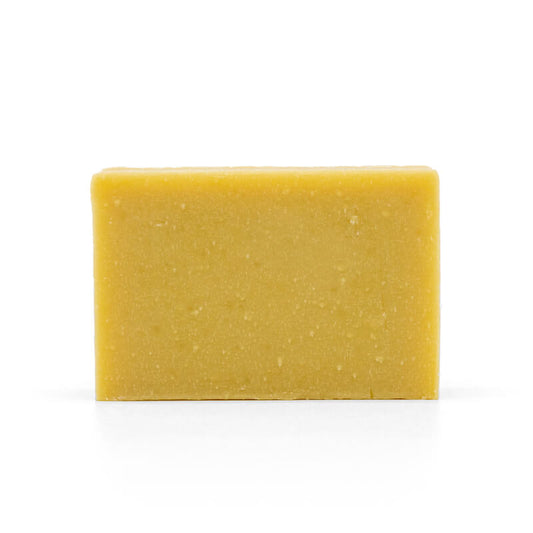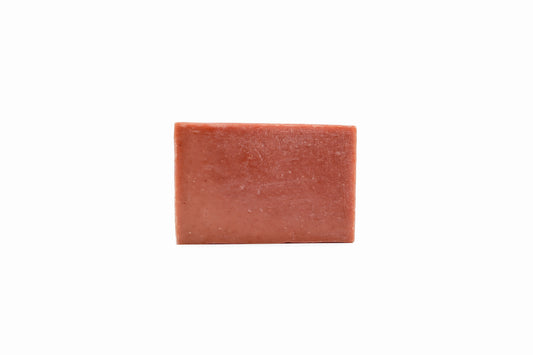Organic Shea butter

Shea butter has become a very popular ingredient in the cold process soap bars of the 21st century, often being highlighted by soap makers as an attractive additive. There are many characteristics of shea butter which make it well suited as a component of bar soap, and Beaverton’s soaps make good use of this less common plant fat.

A bowl of shea butter ; Image: Cleveland Clinic
Made from the seeds of the shea tree, this thick plant fat is used in food preparation, cosmetics, skin care products, hair care products, and medicinal ointments. Shea butter is made by pulverising shea seeds and then boiling them until the fats separate, after which they can be collected from the water’s surface. After solidifying, the ivory toned fat is sometimes refined to reduce its aroma and lighten its colour, but this can remove some of the trace nutrients found in the shea seed, a reason why the soap makers at Beaverton’s start with unrefined organic shea butter when making cold process soap. Although commonly referred to as shea “nuts”, shea seeds are not truly nuts but are instead classified as “tree nuts”, and fortunately for most people with tree nut allergies, using shea butter on the skin typically does not trigger allergic reactions as it contains much less allergen than other tree nut products.

Hulled shea "nuts" ; Image: Wikipedia/
The moisturising and solidifying properties of shea butter make this plant fat a very attractive choice when manufacturing plant based bar soaps. Shea butter is primarily composed of nearly equal parts oleic acid and stearic acid, giving shea butter soaps a good balance of the soft lather associated with oleic acid soaps and the strong stable structure of stearic acid soaps. Together these characteristics help soap bars from Beaverton’s both remain gentle on the skin and hold their shape, even when scrubbing oneself with extra vigour. Along with stearic acid and oleic acid, shea butter contains palmitic acid, which acts as a powerful cleansing agent when made into soap.

The shea tree ; Image: Kew Gardens/Ibrahim Abubakar Mohammed
A tiny portion of the fatty acids found in shea butter do not get converted into soap and make their way into finished Beaverton’s bars so that they can provide extra benefit beyond their role in cleaning the skin. In the case of shea butter it is a small amount of linoleic acid and arachidic acid that are especially helpful. Linoleic acid has antioxidant and antiinflammatory properties that help to protect the skin from harm, while arachidic acid helps soap bars remain stable on the shelf, minimising the loss of cleaning potential in Beaverton’s soaps before they get their first use.

Freshly picked shea fruit ; Image: ECHO Community
Nutrients in shea butter, like vitamin A and vitamin E, boost the health benefits of shea butter based soaps. Vitamin A, also known as “retinol” is a very important nutrient for the skin, key for helping the skin remain strong and flexible while also keeping the skin soothed and firm. Vitamin E supports immune function and healing, in addition to acting as a powerful antioxidant and antiinflammatory.

An orchard of shea trees ; Image: 4 Returns
With all of its features considered, it is no shock that shea butter makes an appearance in so many cold process soap products, with Beaverton’s soap bars proudly among them. Let the soft suds surround you with soaps that feature supple shea butter.







